 air quality
air quality
First Apartment Must-Haves
Moving from your childhood home or college dorm room into your first apartment is the beginning of a new chapter. From choosing the perfect lighting to arranging furniture, there are...
Explore our diverse range of topics, from air quality and skincare to home wellness and sleep improvement. Discover how Canopy products can enhance your daily life and promote overall well-being.
Want to get wellness right in your inbox? Drop your email below.
 air quality
air quality
First Apartment Must-Haves
Moving from your childhood home or college dorm room into your first apartment is the beginning of a new chapter. From choosing the perfect lighting to arranging furniture, there are...
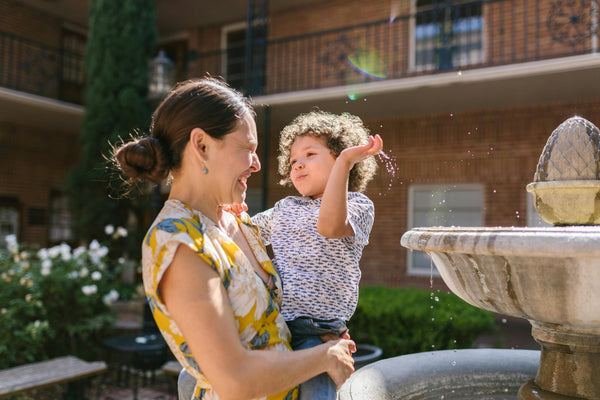 air quality
air quality
Managing Allergy Season With Canopy
After a long, cold winter, we all look forward to warm, sunny days spent outdoors. Although a breath of fresh air is always welcome, pollen and other airborne substances can quickly put...
 air quality
air quality
Are Air Purifiers Safe for Babies?
Parents must make countless decisions for their babies’ wellness, each calling for careful consideration. While you may already know that air purifiers can be beneficial for adults, you likely also...
 allergies
allergies
Managing Allergy Season With Canopy
After a long, cold winter, we all look forward to warm, sunny days spent outdoors. Although a breath of fresh air is always welcome, pollen and other airborne substances can quickly put...
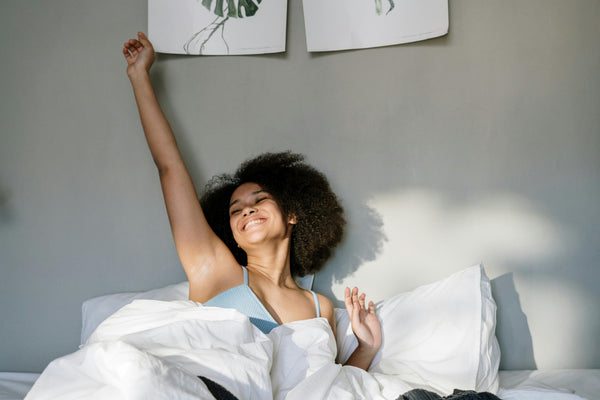 allergies
allergies
5 Tips for Sleeping Better With Allergies
When allergy season hits, do you spend your days feeling zoned out because you can’t get a good night’s rest? If so, you aren’t alone. As if the congestion, sneezing, scratchy...
 allergies
allergies
Why Humidifiers Are Essential for Campus Living
This content has been reviewed and updated on August 14, 2024. For many college students, living in a dorm room or campus apartment is a typical experience. It offers an...
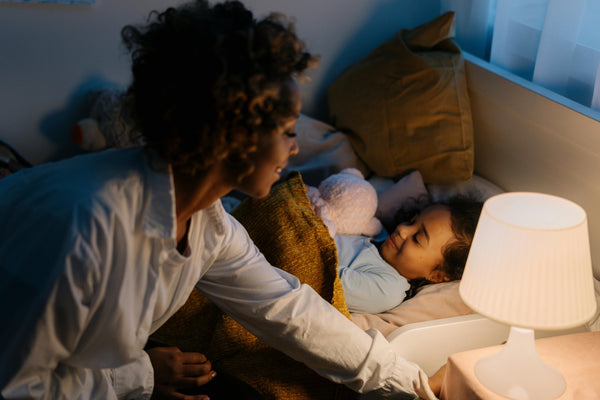 aroma
aroma
Canopy's Good Night Guide to Better Sleep
At Canopy, we dedicate ourselves to developing simple but smart solutions to improving at-home beauty and wellness routines. While a balanced diet, exercise, and hydration are all (rightfully) touted as...
 aroma
aroma
Aromatherapy the Canopy Way
What is aromatherapy? When you hear the word, you likely think of using pleasant scents to create a calming atmosphere. While this is indeed a large perk of aromatherapy, it...
 aroma
aroma
First Apartment Must-Haves
Moving from your childhood home or college dorm room into your first apartment is the beginning of a new chapter. From choosing the perfect lighting to arranging furniture, there are...
 baby
baby
Canopy's Good Night Guide to Better Sleep
At Canopy, we dedicate ourselves to developing simple but smart solutions to improving at-home beauty and wellness routines. While a balanced diet, exercise, and hydration are all (rightfully) touted as...
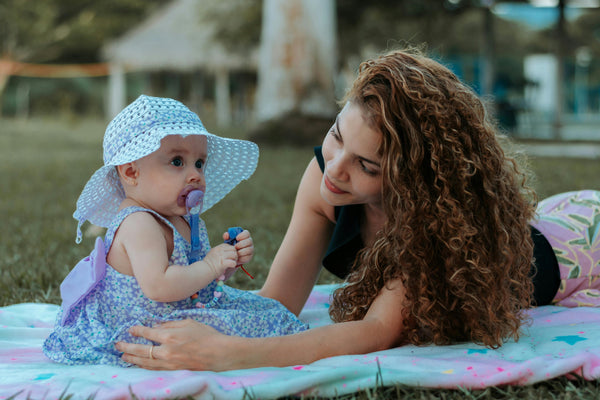 baby
baby
How Can I Safely Bathe With My Baby?
It's natural for first-time parents to feel a bit anxious and have questions. One common question parents have is whether to bathe with their baby. Mutual bath time is an...
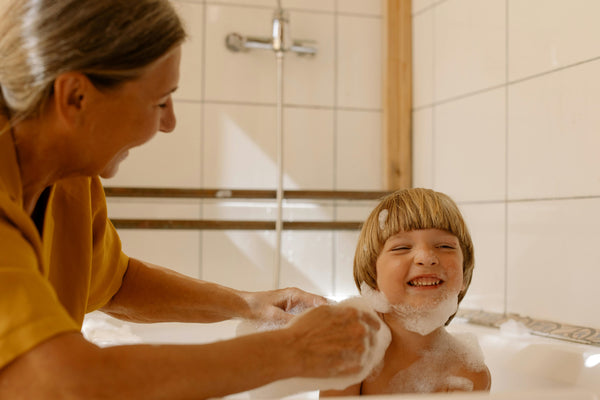 baby
baby
Why Handheld Showerheads Are Great for Babies and Toddlers
Is bath time fun in your home, or does bathing your little one usually end with tears and puddles of water everywhere? Some kids have simply outgrown their infant tub...
 haircare
haircare
Why Handheld Showerheads Are Great for Babies and Toddlers
Is bath time fun in your home, or does bathing your little one usually end with tears and puddles of water everywhere? Some kids have simply outgrown their infant tub...
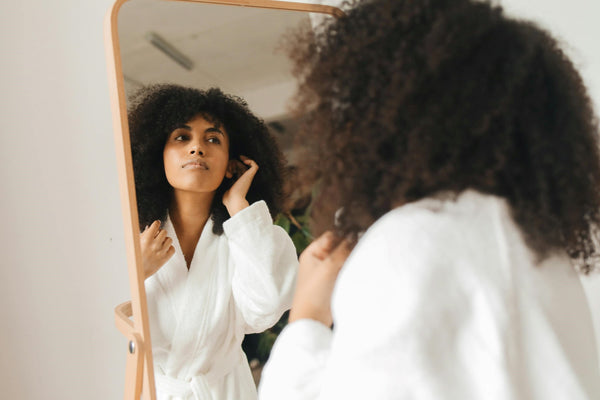 haircare
haircare
How to Create an At-Home Spa Scalp-Care Routine
Although everyone needs “me time,” not everyone has the opportunity to go to a spa for massages, haircare, and other treatments. An at-home spa is a convenient solution for time-pressed...
 haircare
haircare
What to Know About Scalp Health for Curly Hair
Those of us with curly hair can sometimes have a love-hate relationship with it. Trying to maintain glossy, bouncy locks is often easier said than done. Although it might appear...
 home
home
Benefits of Filtered Water for Skincare
Filtered drinking water has been a popular choice for some time due to its refreshing taste—in fact, 77% of Americans use filtered water in their homes1. But filtration does more...
 home
home
Why Indoor Air Quality & Humidification Matter in the Winter
Whether winter’s arrival leaves you excited for cold weather fun or has you pulling out extra blankets for cozy afternoons by the fire, there’s no question that the season brings...
 home
home
How to Maximize Small Bathroom Space
Whether you rent or own your home, updating your bathroom can freshen up the space by adding style and enhancing functionality. If you’re working with a small bathroom, it may...
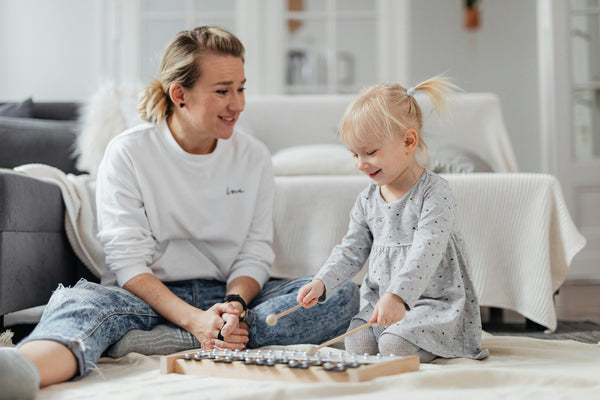 humidifiers
humidifiers
Cool Mist vs. Warm Mist Humidifier: Which One Should I Use?
Incorporating a humidifier into your environment is an excellent way to enhance indoor air quality. But before you select the right device for your space, one of the first decisions...
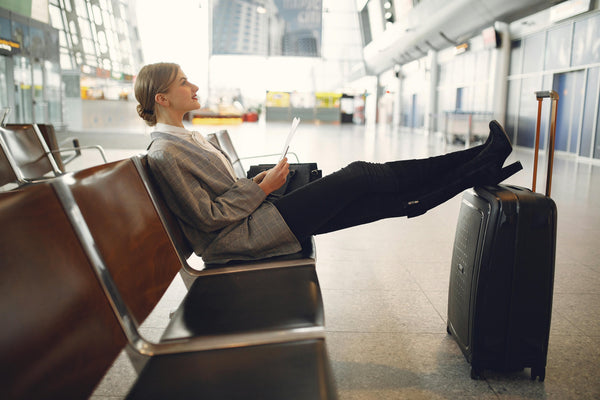 humidifiers
humidifiers
What Is a Portable Humidifier?
Investing in a portable humidifier can dramatically improve your quality of life, from helping you sleep better and enjoy clearer skin to alleviating cold and flu symptoms. With so many...
 humidifiers
humidifiers
How to Treat Dry Sinuses Effectively
For many people, the arrival of winter also means the start of going to great lengths to avoid getting sick. But nasal congestion or a scratchy throat doesn’t necessarily mean...
 portable
portable
What Is a Portable Humidifier?
Investing in a portable humidifier can dramatically improve your quality of life, from helping you sleep better and enjoy clearer skin to alleviating cold and flu symptoms. With so many...
 portable
portable
How to Avoid Dry Skin & Sinuses on Cruise Ships
Booking a winter cruise is an exciting way to escape frigid temperatures and dreary weather. However, as you’re lounging by the pool or enjoying the endless onboard entertainment, you might...
 portable
portable
Canopy's Good Night Guide to Better Sleep
At Canopy, we dedicate ourselves to developing simple but smart solutions to improving at-home beauty and wellness routines. While a balanced diet, exercise, and hydration are all (rightfully) touted as...
 shower
shower
Benefits of Filtered Water for Skincare
Filtered drinking water has been a popular choice for some time due to its refreshing taste—in fact, 77% of Americans use filtered water in their homes1. But filtration does more...
 shower
shower
How to Treat Dry Skin From Chronic Illnesses & Autoimmune Diseases
While many factors can cause dry skin, from cold weather to certain medications, some can be harder to treat than others. Many autoimmune diseases and chronic illnesses can create chronic...
 shower
shower
How to Maximize Small Bathroom Space
Whether you rent or own your home, updating your bathroom can freshen up the space by adding style and enhancing functionality. If you’re working with a small bathroom, it may...
 Skincare
Skincare
What Is a Portable Humidifier?
Investing in a portable humidifier can dramatically improve your quality of life, from helping you sleep better and enjoy clearer skin to alleviating cold and flu symptoms. With so many...
 Skincare
Skincare
Benefits of Filtered Water for Skincare
Filtered drinking water has been a popular choice for some time due to its refreshing taste—in fact, 77% of Americans use filtered water in their homes1. But filtration does more...
 Skincare
Skincare
The Benefits of a Humidifier in the Winter Months
Whether you love winter weather or are counting the days until spring, one thing is for certain: Cold, dry air can take its toll. From cracked skin and dry respiratory...
 sleep
sleep
Canopy's Good Night Guide to Better Sleep
At Canopy, we dedicate ourselves to developing simple but smart solutions to improving at-home beauty and wellness routines. While a balanced diet, exercise, and hydration are all (rightfully) touted as...
 sleep
sleep
Aromatherapy the Canopy Way
What is aromatherapy? When you hear the word, you likely think of using pleasant scents to create a calming atmosphere. While this is indeed a large perk of aromatherapy, it...
 sleep
sleep
5 Tips for Sleeping Better With Allergies
When allergy season hits, do you spend your days feeling zoned out because you can’t get a good night’s rest? If so, you aren’t alone. As if the congestion, sneezing, scratchy...
 wellness
wellness
Cool Mist vs. Warm Mist Humidifier: Which One Should I Use?
Incorporating a humidifier into your environment is an excellent way to enhance indoor air quality. But before you select the right device for your space, one of the first decisions...
 wellness
wellness
What Is a Portable Humidifier?
Investing in a portable humidifier can dramatically improve your quality of life, from helping you sleep better and enjoy clearer skin to alleviating cold and flu symptoms. With so many...
 wellness
wellness
How to Treat Dry Sinuses Effectively
For many people, the arrival of winter also means the start of going to great lengths to avoid getting sick. But nasal congestion or a scratchy throat doesn’t necessarily mean...